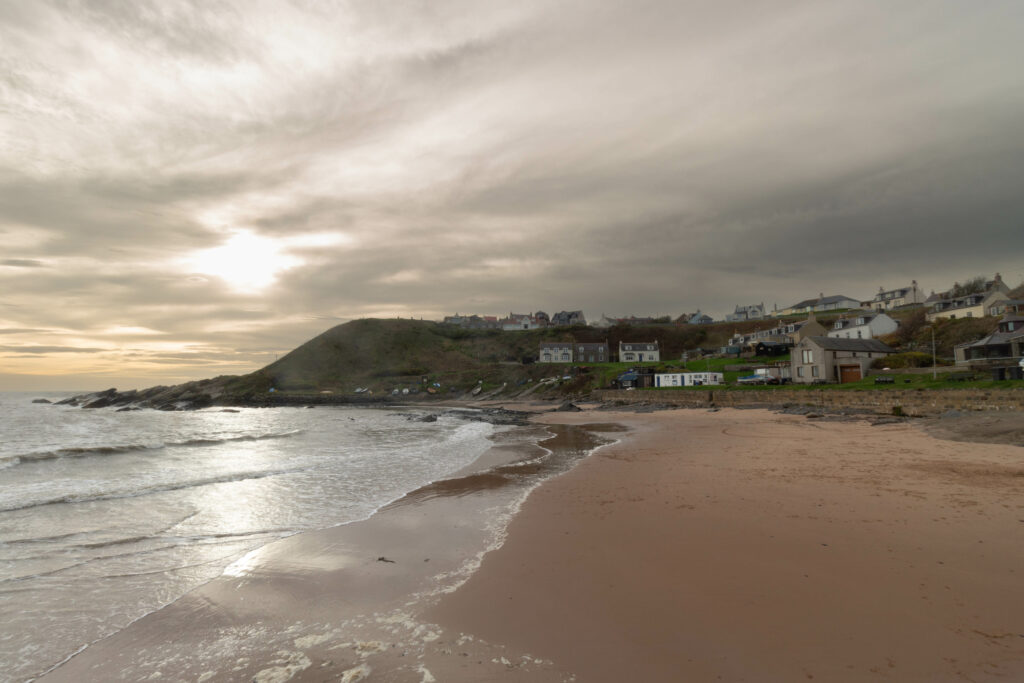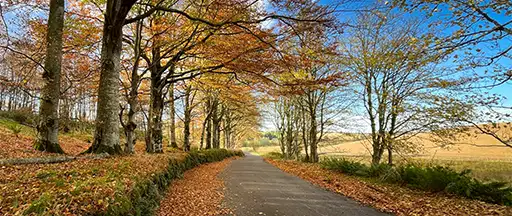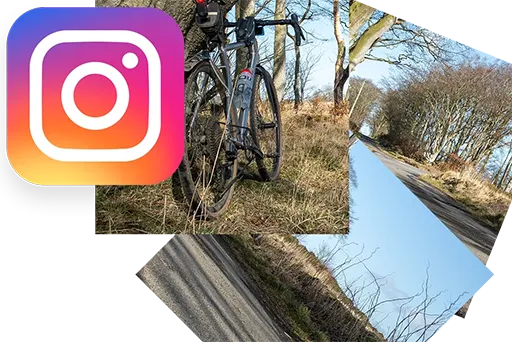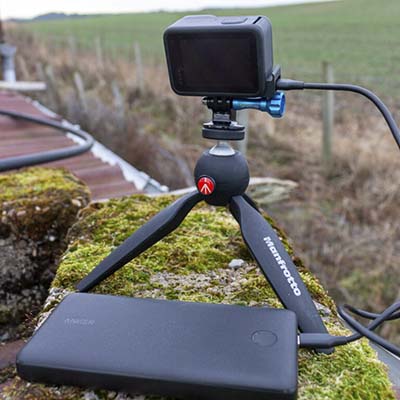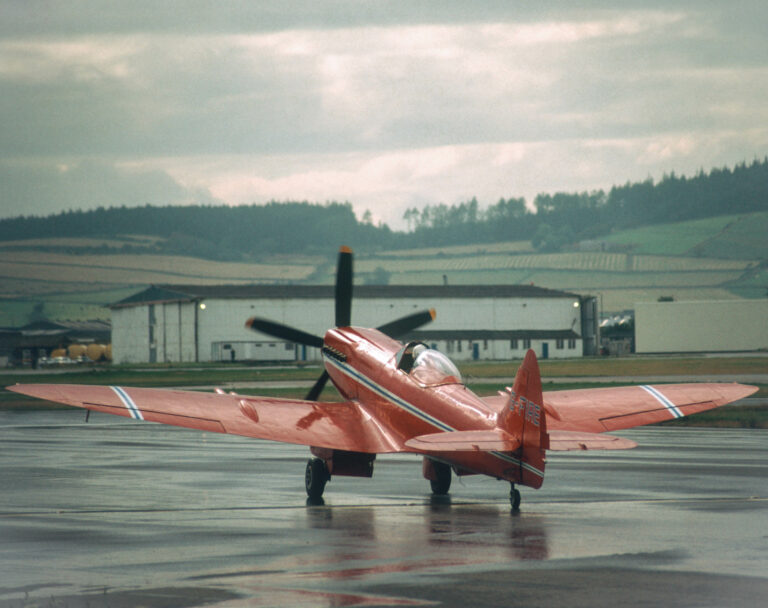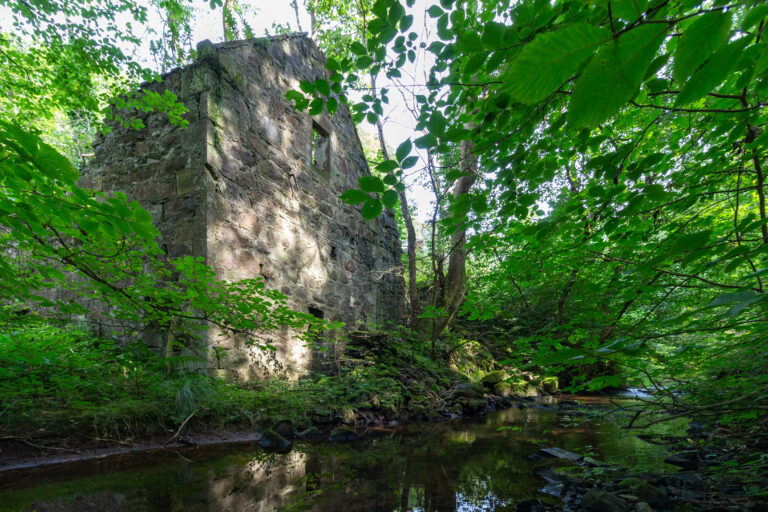Visit to Crovie, Collieston and Newburgh
I recently visited a couple of coastal villages that have been in my ‘visit list’ for a while. I had a long weekend in my calendar, and took the opportunity to get out-and-about and take some photos at these locations.
Crovie
Crovie is located about 25 miles North of Aberdeen, Scotland, on the Moray Firth coast and is basically a single row of houses clinging to the bottom of a cliff, feet from the sea. There’s a single, steep, road down which, at points, reaches 17%. Residents leave their cars at the end of the village, as the seafront isn’t wide enough for any vehicles. Visitors are recommended to park in a small parking area at the top on the road and walk down, for obvious reasons!
The day we picked wasn’t the best weather-wise, and it was high tide when we reached Crovie, meaning that we couldn’t really walk along the front of the houses for the breaking waves. We decided to brave to coastal path along to Gardenstown from some lunch, but, again, high tide meant that the last part of the path was covered by the sea.
We retracted our steps, and took the cliff top path into Gardenstown instead. Unfortunately, Gardenstown was closed! The small café on the front was closed for a deep clean and the local hotel only opened during the day at weekends, probably due to it being off-season for tourists. We eventually got a couple of sandwiches from the local Spar, and had an impromptu picnic on the cliff tops.
By the time we’d returned to the Crovie, the tide had started to go out, so we took the opportunity to walk along the front and take some photos.
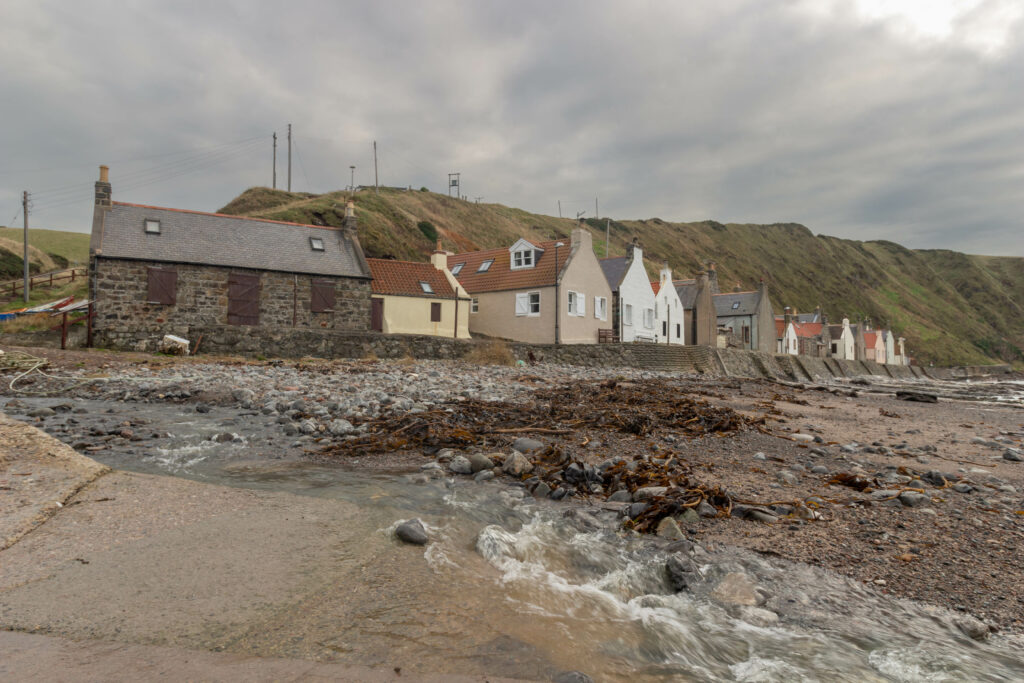
About Crovie
The village dates date to the 1700s when crofters were moved off the land by landowners to make way for sheep. The residents became fishermen, initially for the landowner, and subsequently using their own boats. Many of the buildings are constructed with their gable ends onto the sea to reduce the effects of the sea and the weather. The fishing industry declined to the 20th century, and the great storm of 1953 destroyed many of their boats and damaged a number of the buildings.
Today, Crovie is mainly holiday homes, with only a small number of permanent residents.
Newburgh
I haven’t visited Newburgh for a very long time. In the late 70s and early 80s I used to fly model planes with my dad on the edge of Forvie Nature reserve where the Aberdeen Aeromodellers Club had a flying field.
Fast-forward a good few years and I’m back, albeit this time on the opposite site of the Ythan, to visit the beach at Newburgh to see the seal colony.
Access to the beach is via a narrow road up the side of the Newburgh Inn and past the golf course. There’s a car park at the end (with a very narrow gate!), and it’s a short walk from there through the dunes to the estuary, passing the disused Lifeboat station (more on that below).
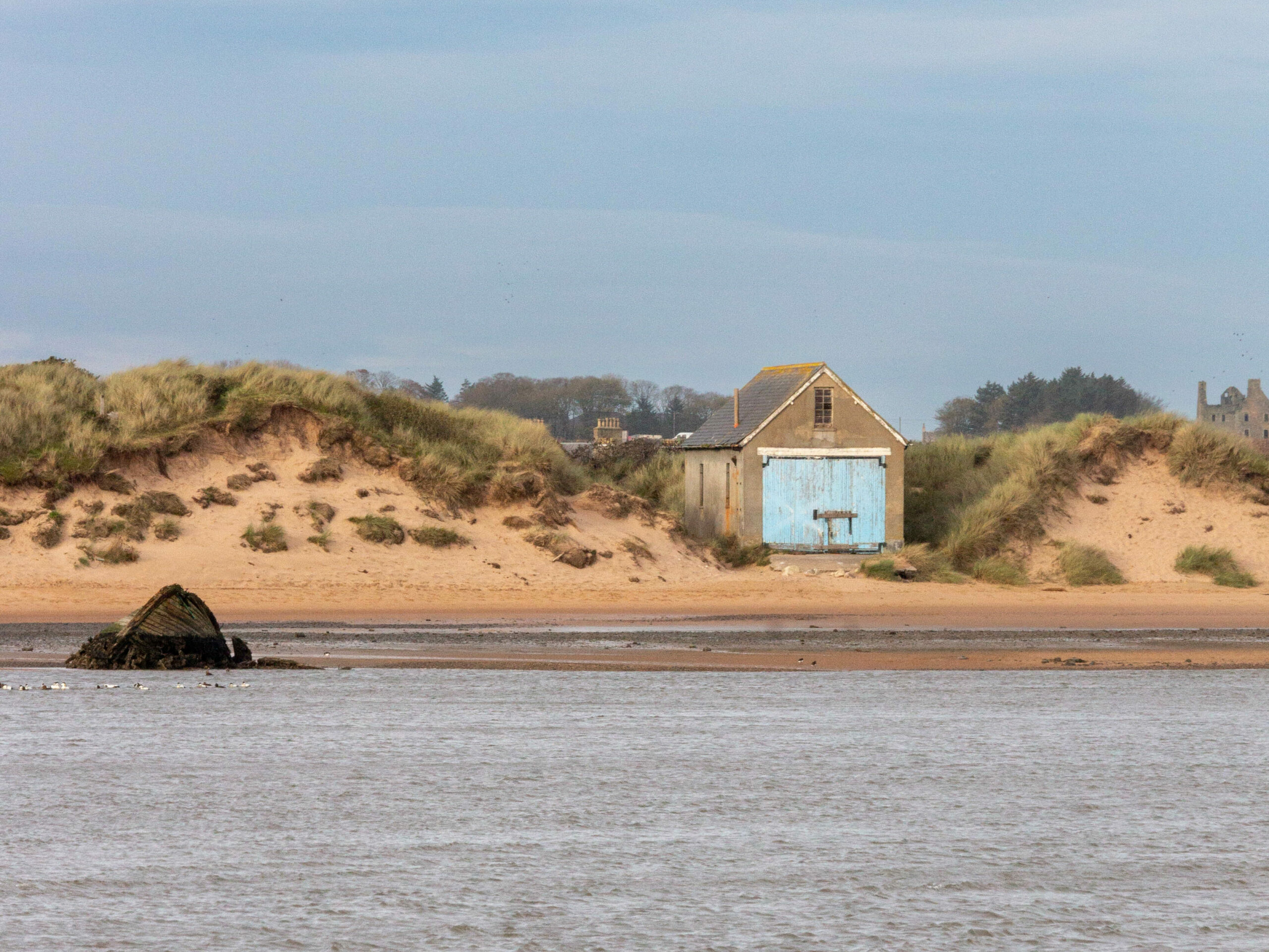
About Newburgh
Newburgh is a small village on the Ythan estuary, about 5-or-so miles south of Collieston. The estuary is home to a large number of seabirds and is a haul-out for a colony of grey and harbour seals.
The estuary is also the location of the disused Newburgh Lifeboat station, the first in Scotland to have been provided by the RNLI in 1828. It remained in use until 1965.
To the North of the estuary lie the Sands of Forvie Nature Reserve, which stretches all the way to Collieston. At the heart of dune system lies the abandoned village of Forvie, which was buried in sand by a 9 day storm in 1413. All that is visible today are the remains of the 12th century church of St Adamnan.
Collieston
After Newburgh, we paid a quick visit to Collieston before the weather changed. We parked in the small car park to the North of the village and walked past the small cove into the village.
Collieston is a small coastal village about 20 miles north of Aberdeen, Scotland, just North of the Sands of Forvie Nature Reserve, one of the largest sand dune systems in the UK.
The village dates back to the 16th century when it was a fishing village, like many others along this coast. The houses are built up on terraces surrounding the cove that forms the small harbour. The village’s pier, built in 1894, was the inadvertent cause of the demise of the village’s fishing fleet as it caused the harbour to silt up. Due to this, many of the fishing boats then moved to the larger harbours at Torry in Aberdeen and Fraserburgh, further up and down the coast. Around this time, the advent of steam trawlers also meant that many moved away from the village.
Due to the numbers of caves and small coves, this stretch of coastline was a magnet for smugglers. In 1798, notorious smuggler Philip Kennedy was killed while smuggling Gin into the country. He’s buried in the church yard at Collieston.
In autumn 1930, T E Lawrence, better known as Lawrence of Arabia, rented a cottage in the village along with a couple of his military friends.
